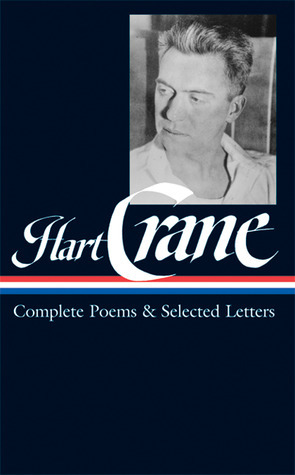What do you think?
Rate this book


This edition is the largest collection of Crane's writings ever published. Gathered here are the complete poems and published prose, along with a generous selection of Crane's letters, several of which have never before been published. In his letters Crane elucidates his aims as an artist and provides fascinating glosses on his poetry. His voluminous correspondence also offers an intriguing glimpse into his complicated personality, as well as his tempestuous relationships with family, lovers, and writers such as Allen Tate, Waldo Frank, Yvor Winters, Jean Toomer, Marianne Moore, E. E. Cummings, William Carlos Williams, and Katherine Anne Porter. Several letters included here are published for the first time.
This landmark 850-page volume features a detailed and freshly-researched chronology of Crane's life by editor Langdon Hammer, chair of the English Department at Yale University and a biographer of Crane, as well as extensive explanatory notes, and over fifty biographical sketches of Crane's correspondents.
864 pages, Hardcover
First published January 1, 1968
Look steadily—how the wind feasts and spins
The brain's disk shivered against lust. Then watch
While darkness, like an ape's face, falls away,
And gradually white buildings answer day.
(From ‘Recitative’)
Behind
My father's cannery works I used to see
Rail-squatters ranged in nomad raillery,
The ancient men—wifeless or runaway
Hobo-trekkers that forever search
An empire wilderness of freight and rails.
Each seemed a child, like me, on a loose perch,
Holding to childhood like some termless play.
John, Jake or Charley, hopping the slow freight
—Memphis to Tallahassee—riding the rods,
Blind fists of nothing, humpty-dumpty clods.
Yet they touch something like a key perhaps.
From pole to pole across the hills, the states
—They know a body under the wide rain;
Youngsters with eyes like fjords, old reprobates
With racetrack jargon,—dotting immensity
They lurk across her, knowing her yonder breast
Snow-silvered, sumac-stained or smoky blue—
Is past the valley-sleepers, south or west.
—As I have trod the ruinous midnights, too.
I have been driven at last to the parks. The first night brought me a most strenuous wooing and the largest instrument I have handled. Europa and the Bull are now entirely passé.